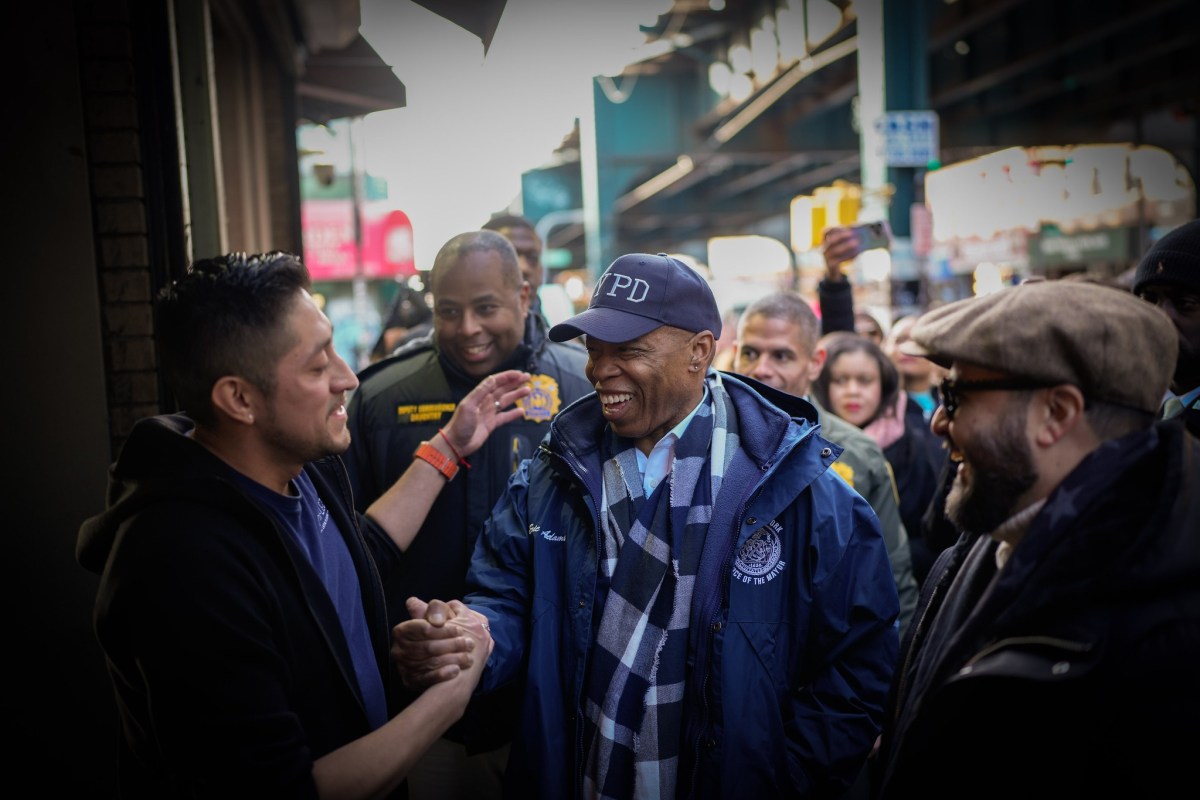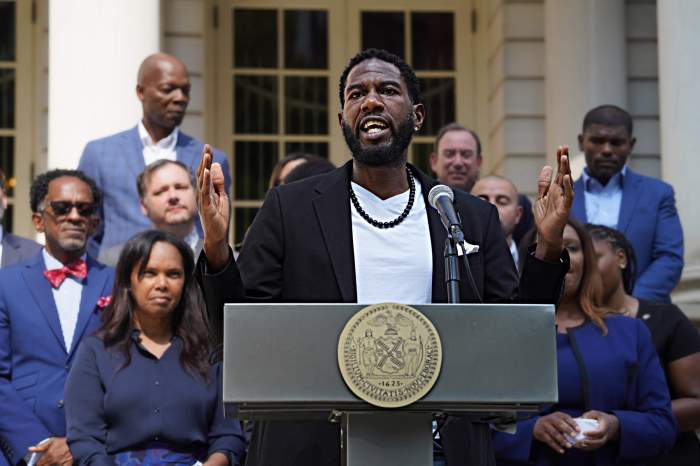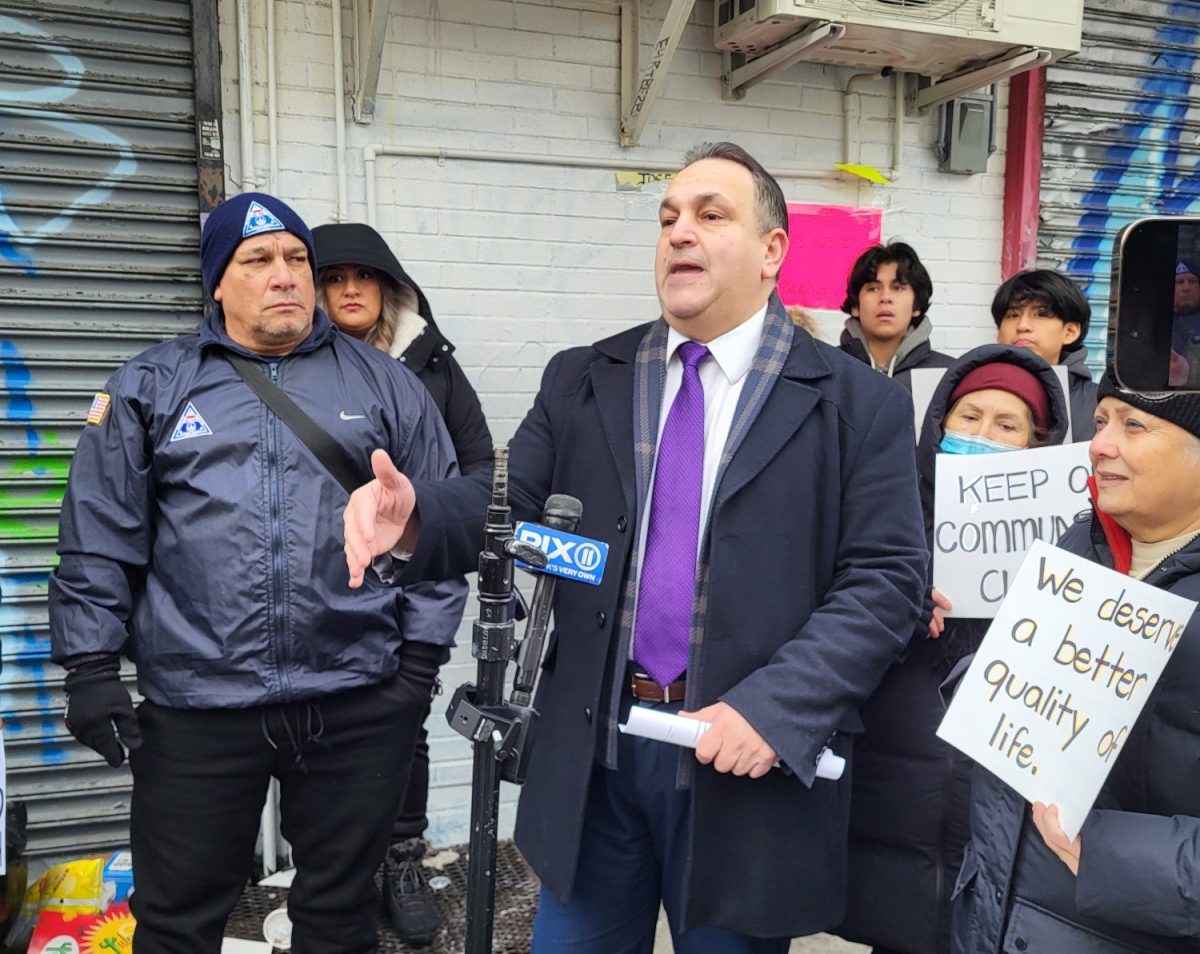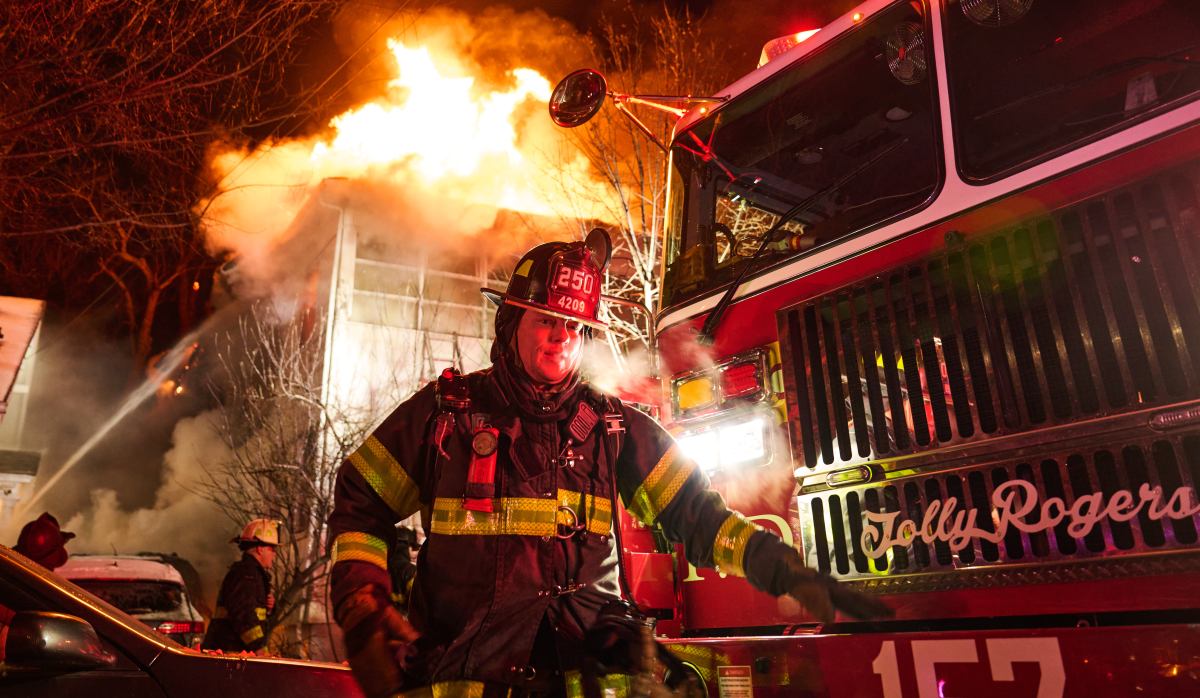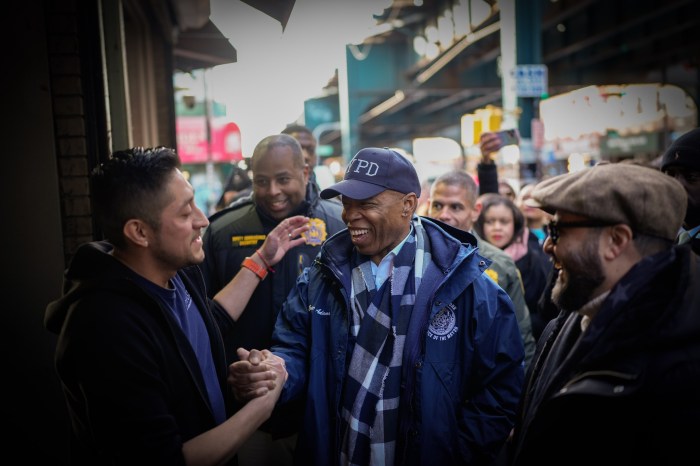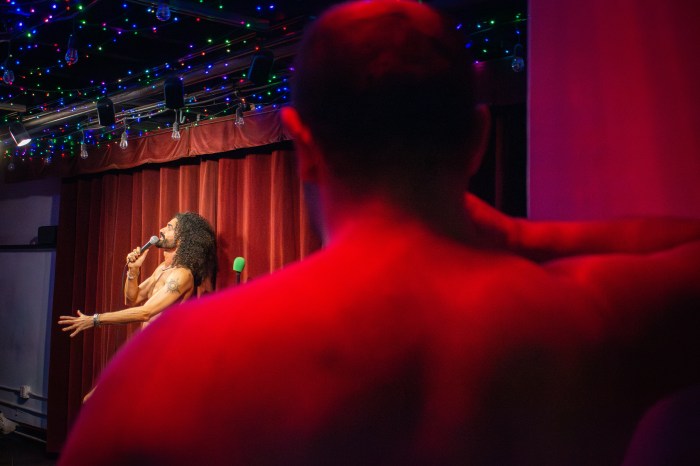
Mayor Bill de Blasio signed an agreement Thursday concluding a lawsuit over hazards in the city’s public housing portfolio, which empowers Washington, D.C., to more directly oversee NYCHA as it works to abate lead in all apartments over the next two decades.
De Blasio joined U.S. Department of Housing and Urban Development Secretary Ben Carson to publicly sign the accord. The agreement states that federal prosecutors and HUD will select a monitor to oversee NYCHA and play a role in picking its next CEO.
Under the arrangement, the city will put at least $2.2 billion in capital funding into NYCHA over the next decade, as well as finance the activities of the monitor and an outside management consultant. HUD funding, estimated to be about $1.5 billion this year, will continue flowing to NYCHA as usual, according to the department.
"I’m very excited about what we have agreed to here because it sets a great precedent," Carson told reporters gathered in a lower Manhattan federal building. "Having a safe and nurturing environment is key to healing development."
After consulting with NYCHA and the city, HUD and prosecutors will inform the city who to appoint as the monitor. That individual will not oversee day-to-day activity at NYCHA, but will approve action plans put forward by NYCHA, convene a community advisory committee to periodically discuss progress and put out quarterly reports gauging the authority’s compliance with the settlement agreement.
Within 60 days on the job, the monitor and the city will tap an outside management consultant to review NYCHA’s structure and policies as well as lay the groundwork for a new organizational plan within six months, the agreement said. The document also describes how NYCHA and the monitor must work to set up an Environmental Health and Safety Department, a Compliance Department and a Quality Assurance Unit.
The monitor may petition the federal government for permission to issue directives to NYCHA or to take actions on NYCHA’s behalf, if the watchdog encounters issues with compliance, the agreement notes.
Meanwhile, the accord gives the city, HUD and prosecutors 30 days to compile a list of candidates for NYCHA’s next CEO and chair and provides all three parties with the opportunity to interview contenders. The mayor said Stanley Brezenoff, who is filling those positions on an interim basis, will continue his work during a national search for a permanent replacement.
"We now have the stability and clarity to choose a new leader," de Blasio said. "We see this as a partnership to get things done for the residents."
Prosecutors have agreed to file papers dismissing the case within 14 days of the monitor’s appointment, according to the agreement. The lawsuit, filed by federal prosecutors in June, accused NYCHA of misleading HUD and the public about the extent of lead and other unsafe conditions in developments that house some 400,000 tenants.
De Blasio initially said the city was aware of 19 children who, while living in NYCHA apartments with deteriorating paint, took tests between 2010 and 2016 showing they had elevated blood lead levels.
But the city’s Health Department informed NYCHA between 2010 and 2015 that 68 children living in apartments with confirmed paint hazards had blood lead levels that were high enough to cause brain function deficits, the complaint said.
NYCHA was not obligated to report all 68 cases to the federal government because, at the time, the federal government’s threshold for reporting blood lead levels differed from the city’s. But the complaint said NYCHA took no steps to determine which cases, if any, should have been referred to HUD.
Since then, the de Blasio administration has acknowledged that tests administered between 2010 and fall 2018 indicate 1,704 kids have had elevated blood lead levels while living in public housing, although that number is higher, in part, because the city has lowered the threshold at which it takes certain precautions.
The city has agreed to notify HUD within five business days of learning that a child has an elevated blood lead level, the settlement plan said.
That document gives NYCHA a year to contain lead-based paint hazards identified in visual assessments, which involves steps such as painting over deteriorating patches of paint, according to the settlement and a NYCHA spokeswoman.
In terms of abatement, which involves stripping paint containing lead or encapsulating pipes or other fixtures with lead, the authority has five years to conduct such work at the Harlem River Houses and the Williamsburg Houses, according to a NYCHA spokeswoman and the agreement. NYCHA must abate lead paint in half of all apartments within 10 years and inside all interiors of its portfolio within 20 years, according to the agreement.
However, after five years, NYCHA could request to be released from the agreement. If the federal government approved such a move, the city would still be obligated to finish paying out the $2.2 billion investment, according to a spokesman for the prosecutors.
Beyond lead, the agreement lays out plans to steer NYCHA away from other practices and problems identified in the complaint, including developments plagued by widespread heating outages and swaths of mold and the authority’s attempts to mislead inspectors by hiding hazards with mock walls, among other practices.
Some NYCHA tenants welcomed the news that the federal government would not be placing the authority in a receivership, as had been floated by a federal judge.
"HUD doesn’t have the manpower or the staff to be able to take over," said Nancy Ortiz, who has lived in the Vladeck Houses on the Lower East Side for four decades. "To see the ping pong politics play with the residents and the lives of the 400,000 . . . in public housing is very, very disturbing. It is our lives on the line."
U.S. District Court Judge William Pauley II, who rejected a previous settlement proposal in November, asked prosecutors if they had considered pursuing a receivership. Assistant U.S. Attorney Robert William Yalen said they had weighed the idea, but decided it made sense to maintain the legacy of local leadership and access to city money.
Danny Barber, head of the City-Wide Council of Presidents representing elected tenant leaders, called it disrespectful that he and his organization were not included in discussions between NYCHA and the federal government in recent weeks.
"We can’t leave out the key component: the residents," Barber said, arguing residents need to be involved in picking new leadership at NYCHA. "NYCHA and the federal government and the city have all failed the residents of public housing. They’ve all failed in some way, form or fashion . . . We probably could have saved them the headache, if we had known what the city was going to put out there — to let them know: this won’t work; that won’t work."
Barber said he did not think the $2.2 billion commitment seemed sufficient — the city estimates NYCHA’s capital backlog totals more than $31 billion. But he continued to be somewhat optimistic about the new arrangement.
"Hopefully this monitor and this form of oversight can be the elimination to the corner-cutting and the true work actually getting done," Barber said.
With Nicole Brown and Alison Fox



